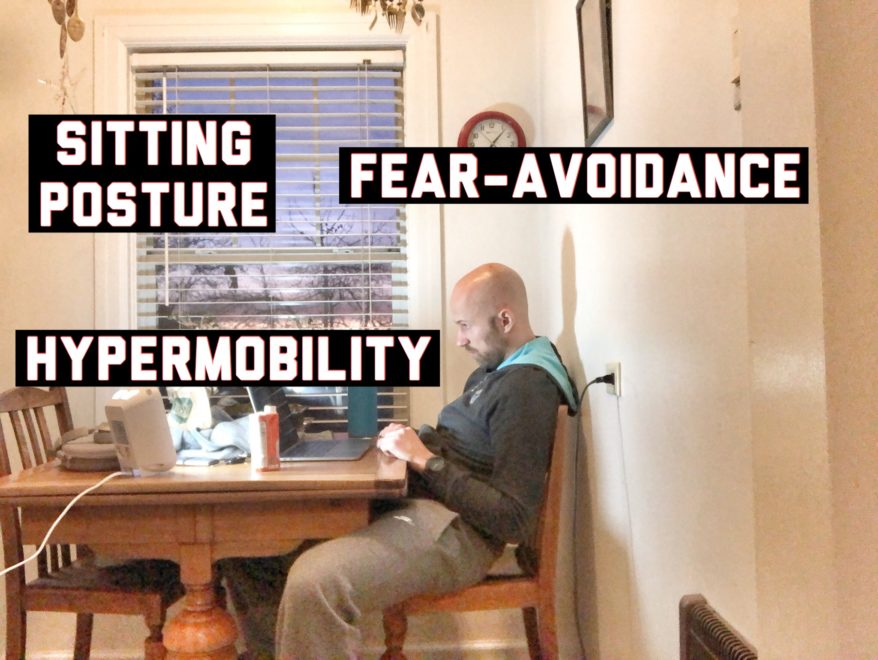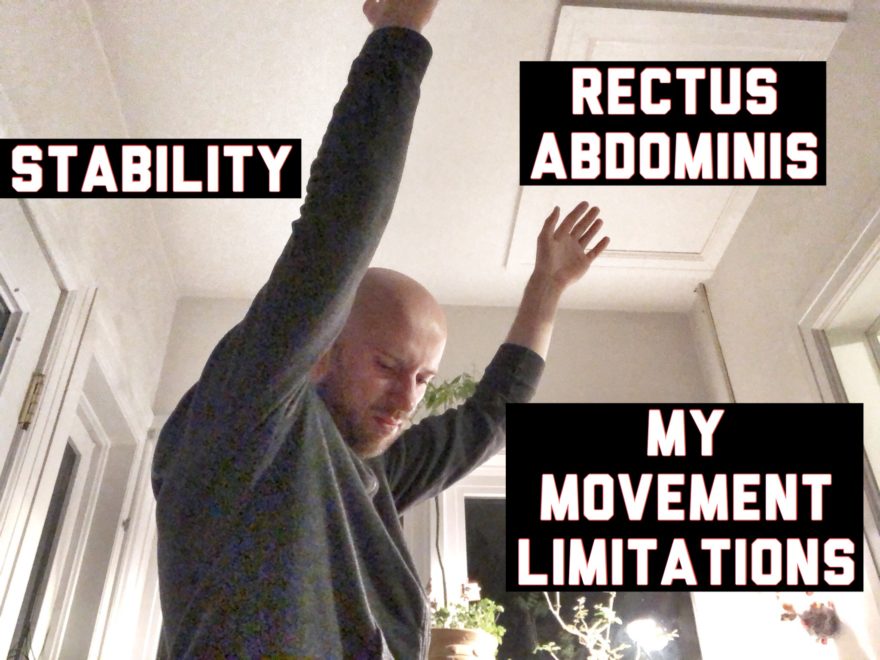This is a chapter 13 summary of the book “Movement” by Gray Cook. Back to the Basics Mobility deficits ought to be the first impairment corrected. Optimizing mobility creates potential for new sensory input and motor adaptation, but does not guarantee quality movement. This is where stability training comes in. In order for the brain to create stability in a region, the following ought to be present: Structural stability: Pain-free structures without significant damage, deficiency, or deformity. Sensory integrity: Uncompromised reception/integration of sensory input. Motor integrity: Uncompromised activation/reinforcement of motor output. Freedom of movement: Perform in functional range and achieve end-range. Getting Mobility There are 3 ways to gain mobility: 1) Passively: Self-static stretching with good breathing; manual passive mobilization. 2) Actively: Dynamic stretching, PNF. 3) Assistive: Helping with quality or quantity, aquatics, resistance. Getting Stability In order to own our new mobility, we use various stability progressions to cement the new patterns. There are three tiers in which stability is trained: 1) Fundamental stability – Basic motor control, often in early postures such as supine, prone, or rolling. 2) Static stability – done when rolling is okay but stability is compromised in more advanced postures. 3) Dynamic stability – Advanced movement. We progress in these stability frames from easy to further difficult challenges. Assisted → active → reactive-facilitation/perturbations Since stability is a subconscious process, we utilize postures that can challenge this ability while achieving desired motor behavior. We can also group the various postural progressions into 3 categories: 1)
Read More
